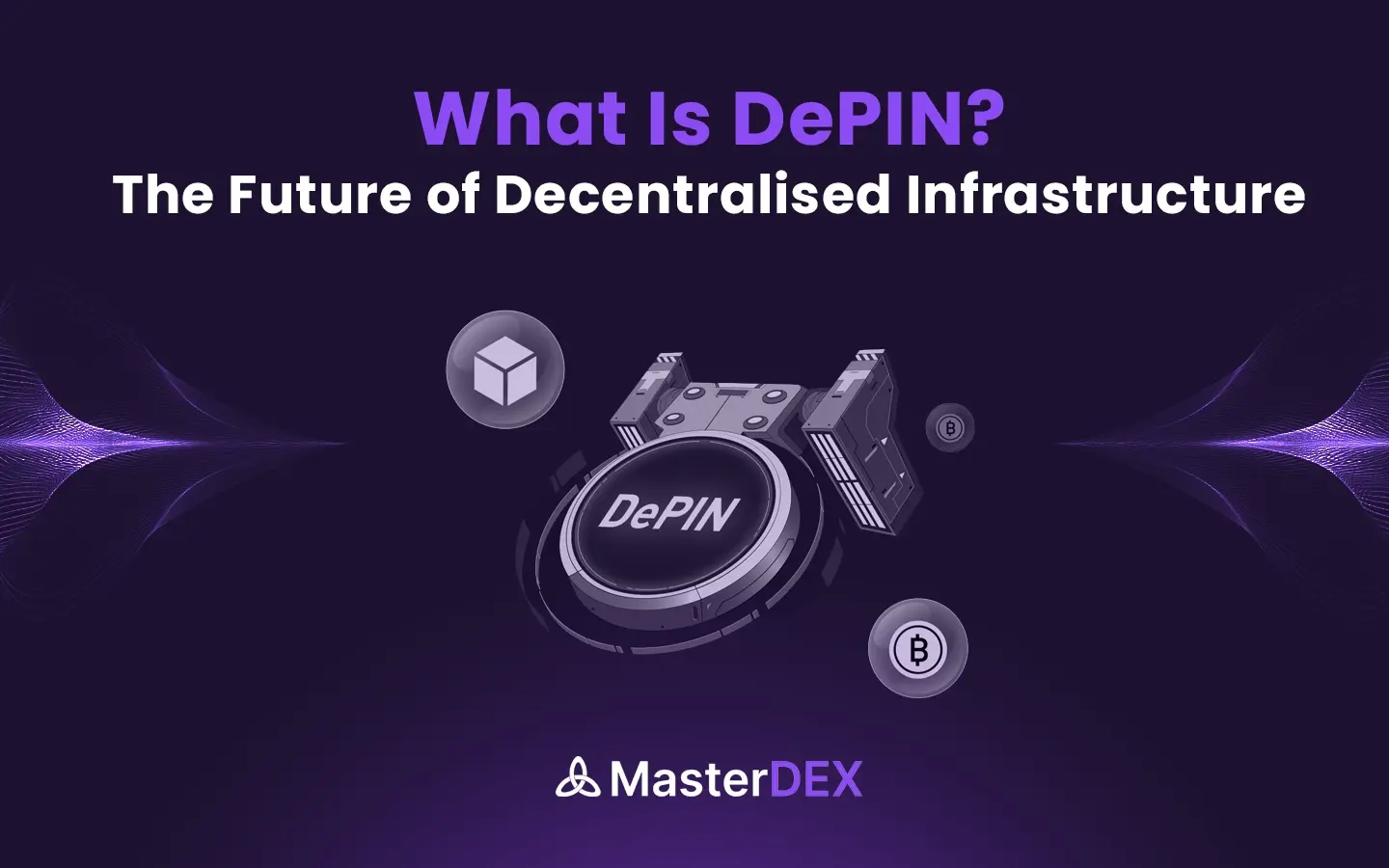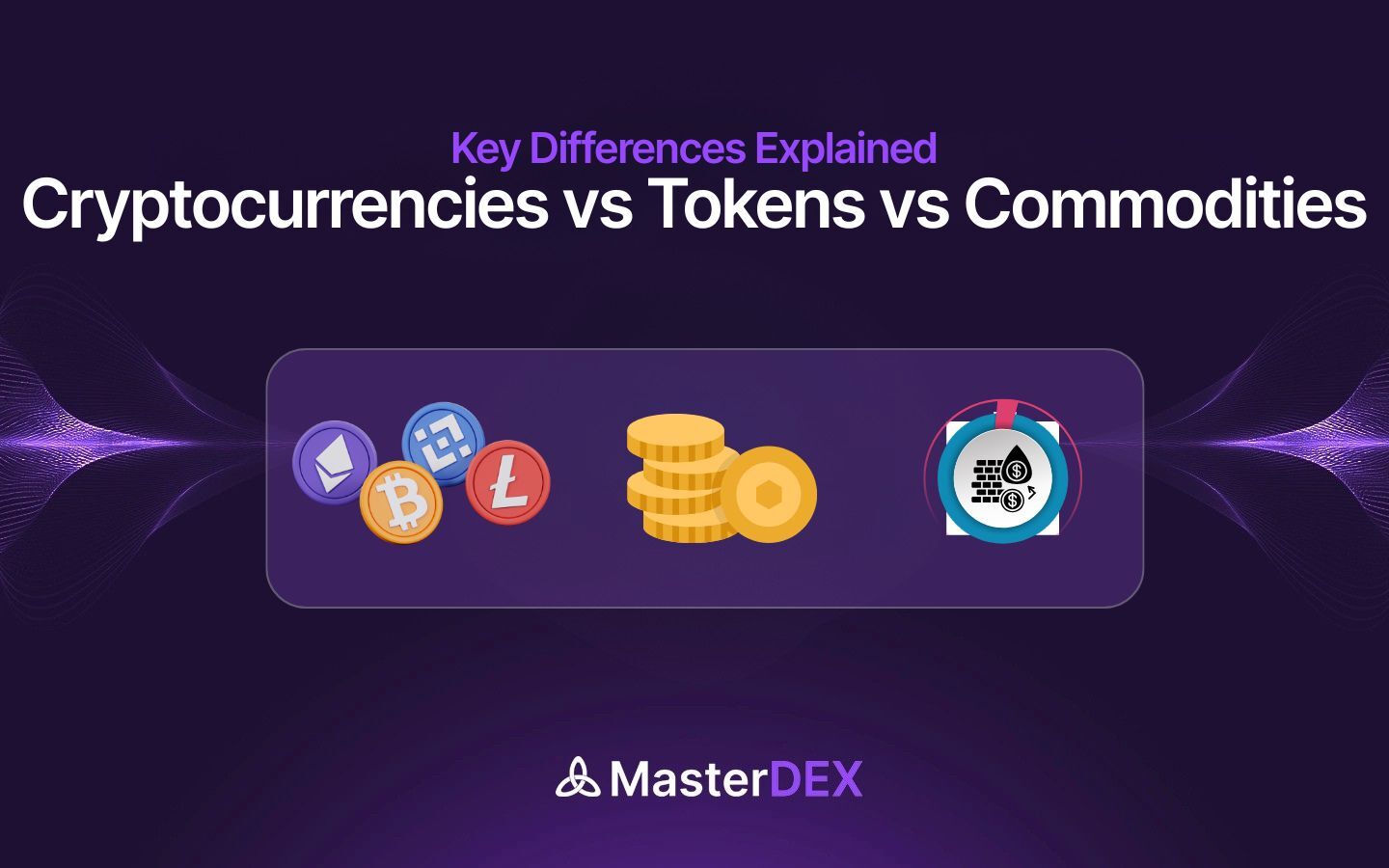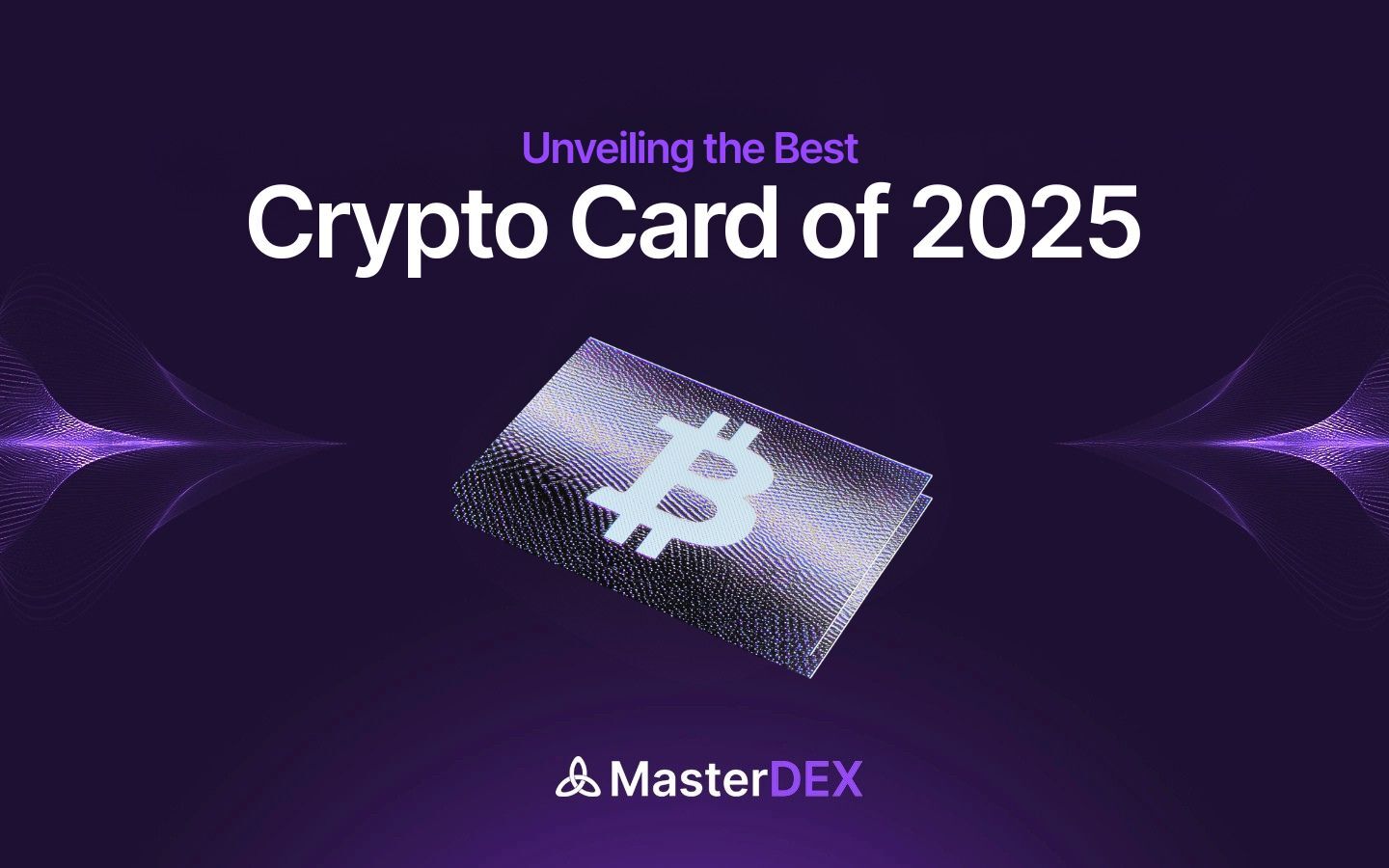In recent years, blockchain technology has evolved beyond digital currencies and begun to integrate with real-world infrastructure in meaningful ways. One of the most fascinating developments in this space is DePIN, which stands for Decentralized Physical Infrastructure Networks. While the term might sound a bit technical at first, its real-world impact is anything but abstract.
DePIN is about decentralizing infrastructure, making things like wireless networks, data storage, and even power generation accessible, fair, and community-driven. Rather than relying on massive corporations or government-run systems, DePIN projects tap into blockchain technology to let everyday people build, maintain, and benefit from the infrastructure around them.
Table of Contents:
ToggleWhat Exactly Is DePIN?
Think of DePIN as the meeting point between digital decentralization and physical infrastructure. It’s a model where individuals contribute to real-world systems, such as energy grids, internet access points, or file storage , by offering their personal resources, like solar panels, bandwidth, or hard drive space. In return, they’re rewarded with cryptocurrency tokens.
These networks operate without a central authority. Instead, the rules are enforced through smart contracts on a blockchain. That means no middlemen, no gatekeepers, just transparent, peer-to-peer collaboration backed by cryptographic trust.
In other words, DePIN doesn’t just disrupt traditional infrastructure; it reimagines it. It redistributes ownership, governance, and rewards to the people who actually use and support the system.
2024: A Breakout Year for DePIN
By the end of 2024, DePIN was no longer a niche concept discussed only in crypto circles. The industry had ballooned to a market capitalization of $25 billion, with over 350 tokens tied to DePIN ecosystems. Even more astonishing, more than 13 million physical devices were actively participating in these decentralized networks every day.
This explosive growth didn’t happen in a vacuum. Global interest in decentralized governance, concerns over monopolistic control of data and infrastructure, and the increasing affordability of IoT (Internet of Things) devices all fueled DePIN’s rise. Now, it’s hard to ignore its presence across industries like telecommunications, energy, and cloud computing.
The Building Blocks of DePIN
To understand how DePIN functions, let’s break down its key components.
1. Blockchain as the Foundation
Blockchain isn’t just a buzzword here. It’s the core technology that makes DePIN possible. It provides a tamper-proof ledger where transactions, device activity, and governance decisions are all recorded.
Thanks to blockchain’s transparency, DePIN networks gain trust. Participants can verify what’s happening in the system without needing to rely on a centralized authority.
Different blockchain platforms offer different benefits. Ethereum is known for its smart contract capabilities, but it can be expensive. Solana offers high throughput and speed. Polkadot enables interoperability, which is crucial if multiple DePIN systems are to communicate with one another. Choosing the right blockchain is a strategic decision, based on the scale, cost, and performance needs.
2. Smart Contracts for Automation
Smart contracts are self-executing programs that automatically enforce the rules of the network. No need for managers or middlemen.
For example, in a decentralized power grid, smart contracts might monitor energy output and distribute token rewards to contributors based on their electricity contributions. Everything runs on code, minimizing human error and removing administrative bloat.
What’s equally important is how these smart contracts are governed and updated. Most DePIN projects involve DAOs (Decentralized Autonomous Organizations), where users vote on protocol changes or upgrades to smart contracts, making the system flexible and community-governed.
3. Tokenization of Physical Resources
Tokenization turns real-world contributions into digital assets. If you contribute hard drive space to a decentralized storage network, you earn tokens that represent your share of that system.
These tokens can serve multiple purposes:
- Ownership (a share of the network)
- Access (to services like data storage or wireless coverage)
- Governance (voting power on decisions)
Token design matters. Projects must balance supply, demand, and reward incentives to avoid inflation or token devaluation. Some use fixed supply; others tie issuance to real-world contributions.
This model transforms DePIN into a dynamic, self-sustaining ecosystem where incentives and infrastructure evolve together.
Who Can Join or Build a DePIN Network?
One of DePIN’s biggest strengths is accessibility.
For Individuals
Anyone with basic tech equipment, such as a spare hard drive, router, or GPU , can participate. You don’t need a computer science degree or a huge investment. Plug in a Helium hotspot, offer storage to Filecoin, or lease GPU cycles on Render, and you’re earning tokens.
For Developers and Startups
Launching a DePIN network is more achievable than ever. Tools like the Cosmos SDK, Substrate (used by Polkadot), or Layer 2 Ethereum scaling solutions enable the development of decentralized networks tailored to specific use cases.
You can even use off-the-shelf components like DAO governance templates, token generation protocols, and oracles to monitor physical inputs. With growing open-source support and venture funding flowing into the space, barriers to launching your own DePIN have never been lower.
Real-World DePIN Projects Making Waves
Let’s explore some standout DePIN projects that are already changing how infrastructure works.
Helium: Decentralizing Wireless Networks
Helium enables individuals to establish a decentralized wireless network by installing small devices, known as hotspots, in their homes or businesses. These hotspots provide coverage for Internet of Things (IoT) devices, and the people who run them are rewarded with HNT tokens.
It’s a direct challenge to traditional telecom providers and offers a low-cost, community-powered alternative to expensive and centralized network infrastructure.
Filecoin: Decentralized Cloud Storage
Instead of using centralized services like Google Drive or Dropbox, Filecoin lets users rent out their unused hard drive space to others. It’s like Airbnb for file storage, except it runs on the blockchain.
Participants are paid in FIL tokens when someone stores data on their hardware. The system is secure, resilient, and far more democratic than traditional cloud models.
Theta Network: Distributed Video Streaming
Theta tackles the growing demand for high-quality video content by enabling users to share unused bandwidth. Contributors support content delivery and receive Theta tokens in return.
By removing central content delivery networks (CDNs) from the equation, Theta ensures smoother streaming, lower costs, and more reliable access even in underserved regions.
Render and Akash: Decentralized Computing Power
Render Network and Akash turn idle GPU and CPU resources into rentable computing power. Whether it’s 3D rendering or cloud hosting, users can tap into this distributed network for high-performance tasks with no need to buy or rent from big tech companies.
Participants get paid in native tokens, and the system avoids the bottlenecks of centralized computing infrastructure.
The Benefits of DePIN: Why It’s More Than a Trend
DePIN isn’t just revolutionary because it uses crypto; it offers practical, real-world benefits.
Scalability and Efficiency
Traditional infrastructure is centralized, rigid, and often outdated. DePIN, on the other hand, is modular and scalable. Anyone with the right hardware can join, contribute, and expand the network.
Plus, many DePIN systems integrate IoT and AI to automate everything from energy usage to traffic monitoring, boosting efficiency and cutting waste.
Greater Transparency and Trust
Everything on the blockchain is recorded, time-stamped, and immutable. That means businesses and individuals can trust the system without needing to trust the people behind it.
For companies, this builds loyalty. For communities, it builds empowerment.
Security at the Core
Because DePIN runs on blockchain, data is encrypted and distributed, making it far more secure than centralized systems. This dramatically reduces the risk of hacks, data breaches, or manipulation.
And since operations are governed by smart contracts, there’s less room for human error or fraud.
Lower Costs and Leaner Operations
DePIN cuts out the middlemen, with no server farms, no massive IT departments, and no long contracts with vendors. This translates to lower operational costs, more efficient resource use, and faster scaling.
Energy monitoring, supply chain tracking, and maintenance schedules can all be optimized using smart contract logic, saving both time and money.
What’s Holding DePIN Back? Real-World Challenges
Despite its promise, DePIN still faces some steep hurdles.
Funding Large Projects
Building infrastructure, especially at scale, costs money. While tokenization and crowdfunding offer new avenues for financing, they’re often unpredictable. Investors might be wary of jumping into systems they don’t fully understand, especially when token values are volatile.
Hybrid models, including partnerships with traditional infrastructure firms or government grants, may help close this funding gap for early-stage DePINs.
Operational Accountability
In a decentralized network, no single entity is responsible for fixing problems. If a storage node goes offline or a hotspot stops functioning, it’s unclear who steps in.
A real example: Helium faced backlash when numerous hotspots went offline due to firmware bugs, and the decentralized support system struggled to address it quickly.
Smart contracts can help automate part of this process by issuing repair incentives or penalties. Still, human coordination remains a tricky problem.
Volatile Token Prices
Because contributors are paid in tokens, earnings can fluctuate wildly with market conditions. A drop in token value might discourage participation or lead to instability in the network. Some DePINs are exploring dual-token models or stablecoin-based rewards to cushion this volatility.
As the sector matures, less useful projects will be filtered out, and more stable ecosystems will emerge.
Final Thoughts
DePIN is reshaping how we think about infrastructure. It’s not just about replacing centralized systems with decentralized ones. It’s about reimagining ownership, access, and trust. Whether you’re storing files, streaming videos, charging your electric car, or connecting to Wi-Fi, there could soon be a DePIN network working in the background, fueled not by corporations but by people like you.
The movement is still young, but its foundation is solid. DePIN offers a blueprint for a world where infrastructure is open, shared, and accessible. And that future is already being built, one node at a time.



